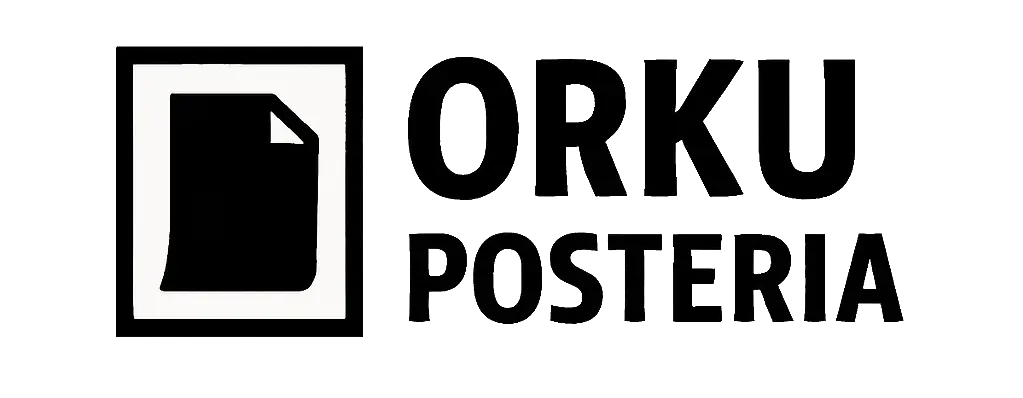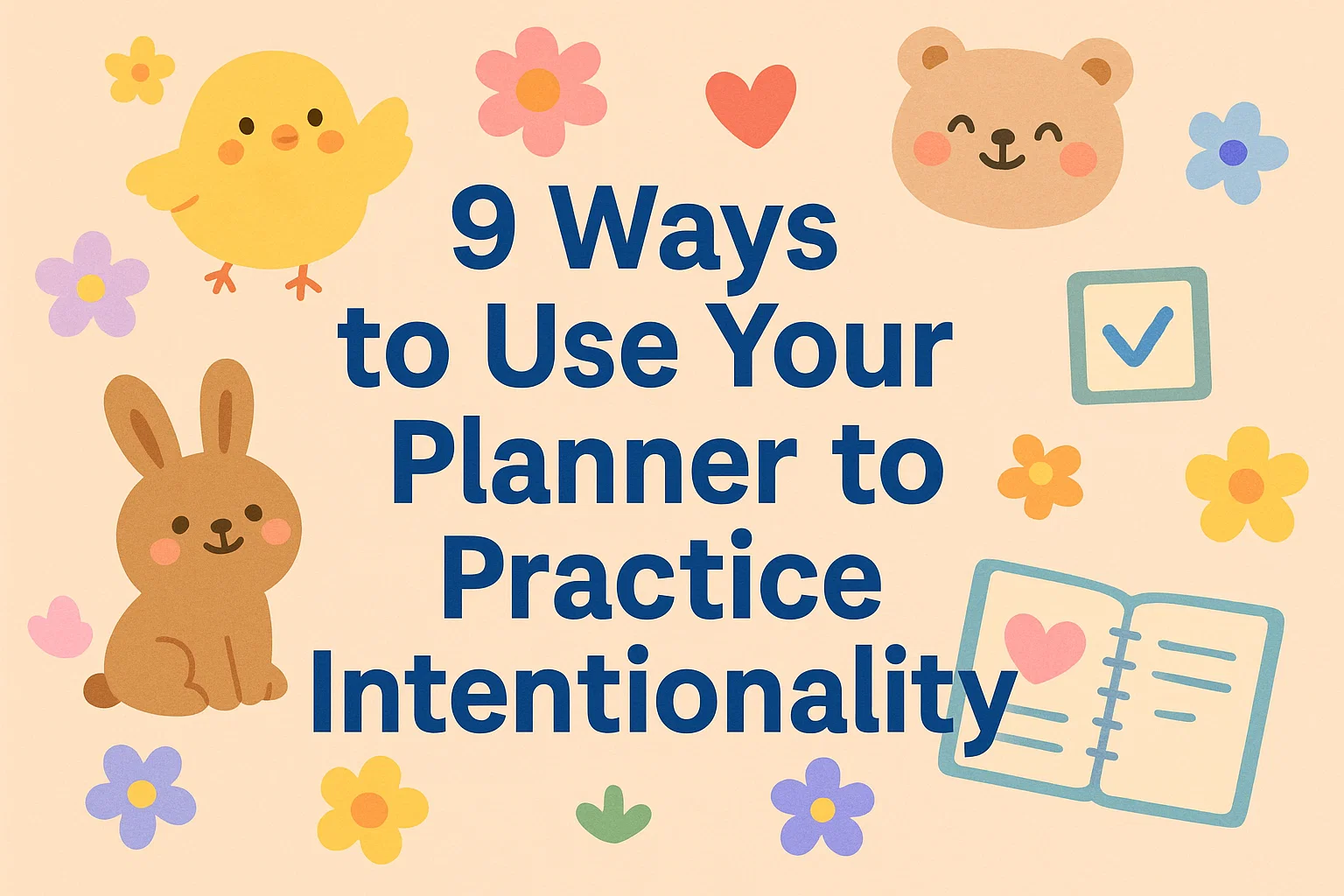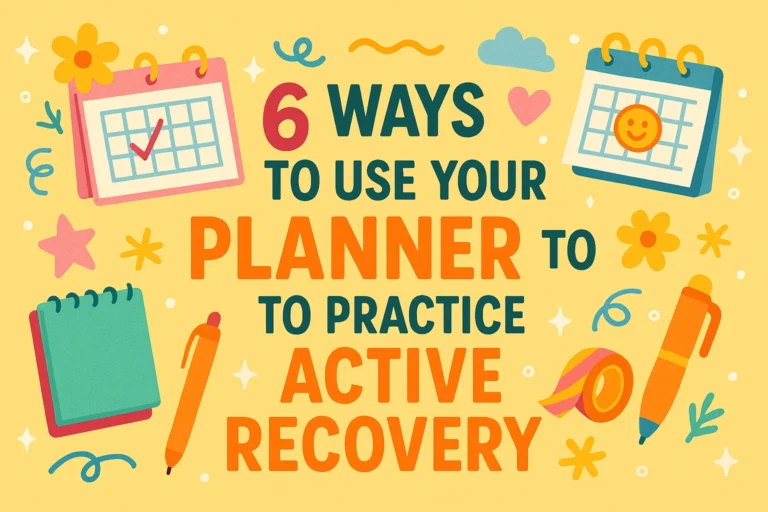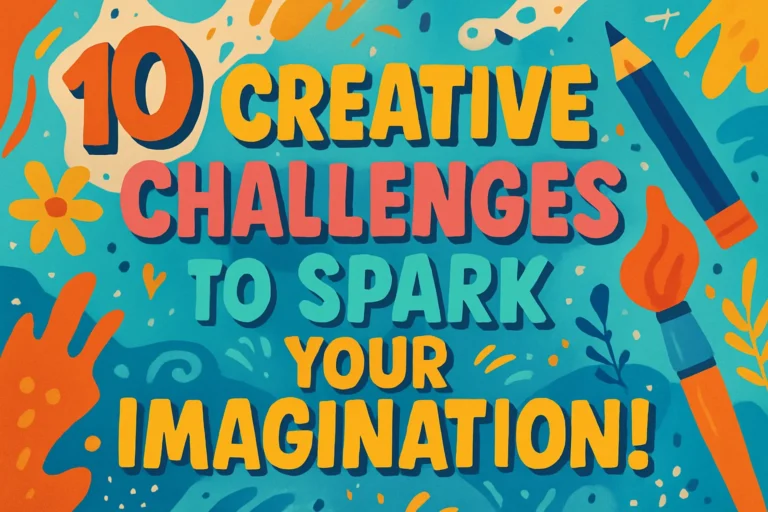9 Planner Ideas to Practice Intentionality and Transform Your Life with Joyful Design
Alright, let’s get real for a second. Does your planner feel like just another to-do list tyrant, bossing you around until you feel guilty for not finishing everything? Yeah, we’ve all been there. You buy a beautiful notebook with the best intentions, only for it to become a graveyard of unfinished tasks and forgotten goals. Not exactly a source of joy, is it?
What if I told you your planner could be so much more? It’s not about managing your time; it’s about designing your life. It’s the difference between reacting to whatever the day throws at you and proactively building a day you’re genuinely excited to wake up for. I’ve been on both sides of this, and let me tell you, living with intentionality—and a dash of joyful design—is a complete game-changer.
So, grab your favorite pen and maybe a cup of coffee. Let’s chat about how to transform that book of obligations into your most powerful tool for a joyful, intentional life.
1. Start with a “Why” Page (Your North Star)
Before you scribble down a single task, you need your foundation. This is the most important step, so don’t skip it!
I start every new planner with a dedicated page at the very front titled “My Why.” This isn’t a list of goals; it’s a statement of purpose. Why do you want to be more organized? What kind of life are you trying to build? Is it for more calm? To pursue a creative passion? To be more present with your family?
When you’re feeling overwhelmed and are tempted to just binge-watch your favorite show (no judgment here!), your “Why” page brings you back to center. It reminds you that checking off “buy groceries” is actually in service of a bigger picture: “nourish my family” or “support my health.” Your “Why” is the compass that ensures all your planning is heading in the right direction.
2. Ditch the Standard To-Do List for Time Blocking
The classic to-do list is a set-up for failure. It’s a chaotic buffet of tasks with no sense of priority or time. “Write novel” sits right next to “clean fridge,” and guess which one you’ll probably do? 🙂
Instead, try time blocking. It sounds fancy, but it’s simple: you assign specific tasks to specific chunks of time in your day.
- 9:00 – 10:30 AM: Deep Work (Project X)
- 10:30 – 11:00 AM: Emails
- 1:00 – 2:00 PM: Errands
- 7:00 – 8:00 PM: Read for fun
This method creates a realistic game plan for your day. It acknowledges that tasks take time and protects you from the frustration of an impossible list. IMO, it’s the single most effective way to actually get important stuff done without losing your mind.
3. Incorporate a “Joy Audit” Log
Intentionality isn’t just about productivity; it’s about joy, too! How often do you do something that purely lights you up?
Once a week, dedicate a small section of your planner to a “Joy Audit.” Jot down 3-5 moments from the past week that brought you genuine happiness. It could be as simple as “tried a new coffee blend,” “had a great phone call with Sarah,” or “finished that tricky crossword.”
This practice does two things. First, it trains your brain to actively look for and appreciate joyful moments. Second, it provides incredibly valuable data. Over time, you’ll see patterns. If “walking in the park” shows up every week, you know you need to fiercely protect that time. You can’t design a life you love if you don’t know what you love.
4. Design a Ritual for the Week Ahead: The Sunday Sit-Down
Ever wake up on Monday morning feeling like you’re already three steps behind? Let’s fix that.
I swear by my “Sunday Sit-Down.” It’s a 20-30 minute ritual where I open my planner, review the past week, and intentionally design the next one. I look at my calendar, time-block my non-negotiables, and slot in tasks based on my energy levels (I don’t schedule intense creative work for a Monday afternoon, because my brain is mush).
This isn’t a grueling chore; I make it enjoyable! I light a candle, put on some music, and use my favorite colorful pens. This ritual transforms planning from a task into an act of self-care. You’re not just filling boxes; you’re curating your upcoming experience.
5. Use a “Top 3” Daily Focus System
Here’s a little secret: you probably only need to accomplish 1-3 important things each day to feel like it was a success. The rest is just bonus material.
Each morning, identify your Top 3 priorities. These are the things that, if you get nothing else done, will still make you feel accomplished. Write them at the top of your daily page and circle them.
This system is liberating. It prevents decision fatigue and stops you from frittering away your time on low-impact tasks. It forces you to be intentional about what truly matters today.
6. Create a “Braindump” Zone
Your planner shouldn’t be a source of mental clutter; it should be the solution for it. Our brains are for having ideas, not holding them, right?
Designate a page (or several!) at the back of your planner as a “Braindump” zone. This is a no-judgment, free-for-all space where you can scribble down every random thought, idea, worry, or reminder that pops into your head.
Getting it out on paper clears significant mental RAM. You can stop worrying you’ll forget something, because it’s safely stored. You can review your braindumps later during your weekly review and decide what, if anything, needs to be actioned. FYI, this is a fantastic way to fall asleep faster, too—just dump all those racing thoughts onto the page before bed.
7. Track Your Energy, Not Just Your Time
We’re not robots. Some days you have the energy to conquer the world; other days, getting off the couch feels like a major achievement. Your planner should reflect that.
Try tracking your energy levels for a week. Simply note down “High,” “Medium,” or “Low” at the end of each day, along with a quick note about what you did (e.g., “Low—stayed up too late scrolling” or “High—went for a morning run”).
The patterns that emerge are mind-blowing. You’ll learn what activities drain you and what energizes you. This allows you to schedule your life around your natural rhythms, not against them. Planning with your energy in mind is the key to sustainable productivity.
8. Add a “No List” for Strong Boundaries
Being intentional isn’t just about what you do; it’s also about what you don’t do. A “No List” is your personal bill of rights for your time and energy.
What are the things that consistently drain you or derail your focus? Write them down! Your list might include things like:
- “No meetings before 10 AM.”
- “No saying yes to things I’ll regret later.”
- “No mindless social media scrolling after 8 PM.”
Seeing these boundaries in writing gives you permission to uphold them. It turns a vague feeling of resentment into a clear, actionable rule. It’s your planner’s way of having your back.
9. Don’t Forget to Decorate and Personalize!
If your planner isn’t a joy to look at, you’re not going to want to open it. This is where “joyful design” literally comes into play.
Use washi tape, draw little doodles, use colorful highlighters, or add inspiring quotes. Make it yours. Your planner should feel like a creative outlet and a safe space, not a sterile corporate document.
I’m not saying you need to be a master artist—my doodles look like they were drawn by a enthusiastic toddler. But that splash of color on a Monday morning makes me smile and connects me to the practice. It transforms planning from a chore into a tiny, daily act of creativity.
Your Planner, Your Rules
At the end of the day, remember this: you are the boss of your planner, not the other way around. These ideas aren’t rigid rules; they’re a menu. Pick what resonates with you, mix and match, and abandon anything that feels like a burden.
The goal isn’t perfection. It’s intention. It’s about using this powerful tool to design your days with more purpose, more joy, and a lot less stress. So, what are you waiting for? Go grab that planner and start designing a life you can’t wait to live. 🙂







